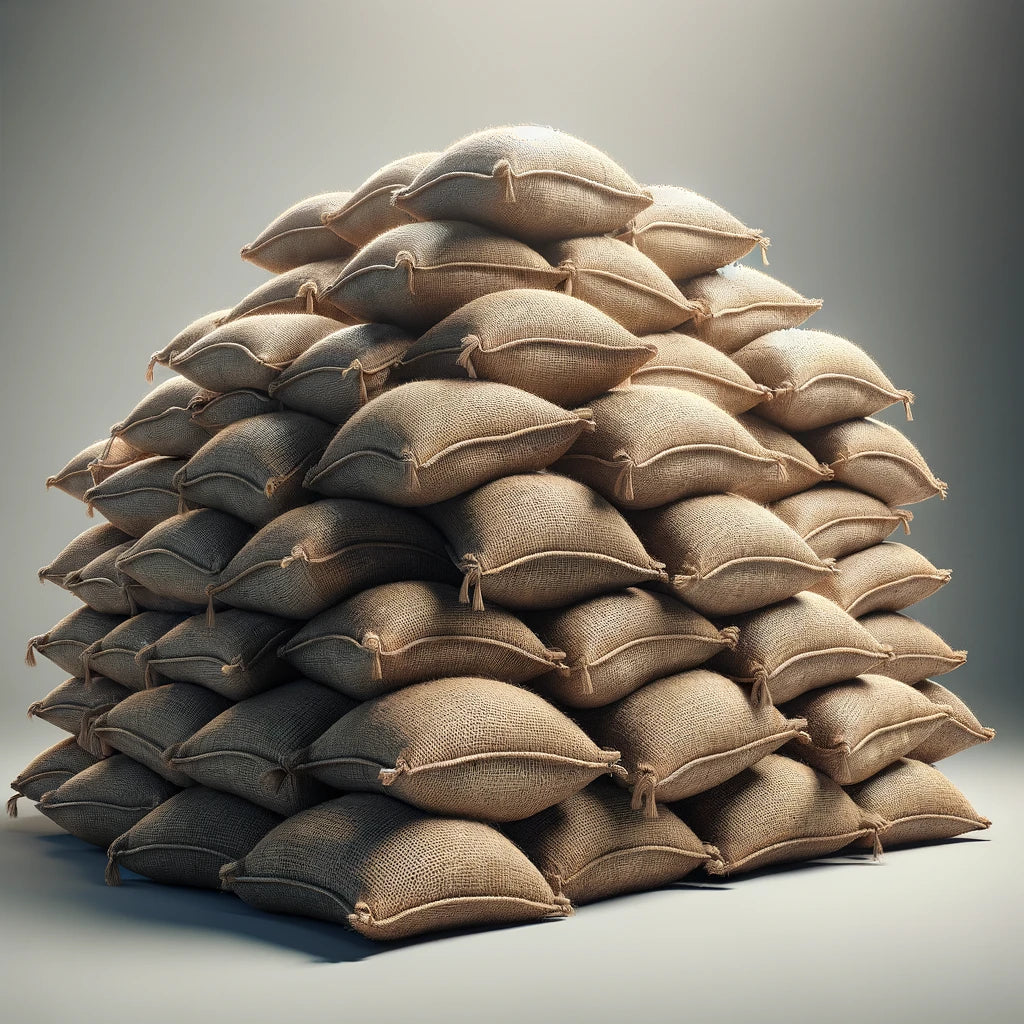Why is a Sandbag Called a Sandbag? Exploring the Origins
Have you ever paused to wonder why the humble sandbag, a staple in flood defence, construction, and even fitness, is called a "sandbag"? The answer is as straightforward as it is practical, yet it opens a window into the history and versatility of this essential tool.
The Essence of a Sandbag
At its core, a sandbag is a bag filled with sand. This simplicity in design and name belies its significance across various applications. Traditionally, sandbags have been used to protect buildings or other structures from the ravages of floods or to serve as a quick and effective method for creating barriers or fortifications.
A Dive into History
The term "sandbag" dates back to the 18th century, deriving its name quite directly from its contents and purpose—a bag filled with sand. These bags were initially used for flood control and military fortifications, leveraging sand's availability and the ease with which it could be contained and manipulated.
In times of emergency or conflict, sandbags provided a rapid solution for building defensive structures or shoring up flood defences. The material within, sand, was chosen for its weight, malleability, and, crucially, its abundance. It could be quickly filled into bags made from hessian or burlap, materials chosen for their durability and permeability.
Beyond Just Sand
While "sandbag" might imply the exclusive use of sand, it's interesting to note that over the years, these bags have been filled with a variety of materials including soil, gravel, and even clay, depending on the available resources and the specific requirements of the task at hand.
Modern Applications and Innovations
Today, sandbags continue to play a crucial role in flood defence, military applications, and even in fitness regimes, where they add weight and resistance. Innovations in materials have led to the development of polypropylene sandbags, offering enhanced durability and resistance to the elements.
The environmental impact of traditional sandbag use has also prompted the exploration of alternative fillings, such as polymer-based substances that are lighter, more efficient at absorbing water, and potentially less harmful to the environment.
Conclusion
So, why is a sandbag called a sandbag? Because at its most basic, it is precisely that—a bag of sand. However, as we've explored, the term encompasses a rich history and a breadth of applications far beyond what the name might suggest. From their origins in flood defence and military fortifications to their use in construction, landscaping, and fitness, sandbags are a testament to the principle that sometimes the simplest solutions are the most enduring and effective.
As we continue to innovate and seek sustainable alternatives, the evolution of the sandbag remains a fascinating journey from its straightforward, descriptive name to a symbol of adaptability and resilience.

